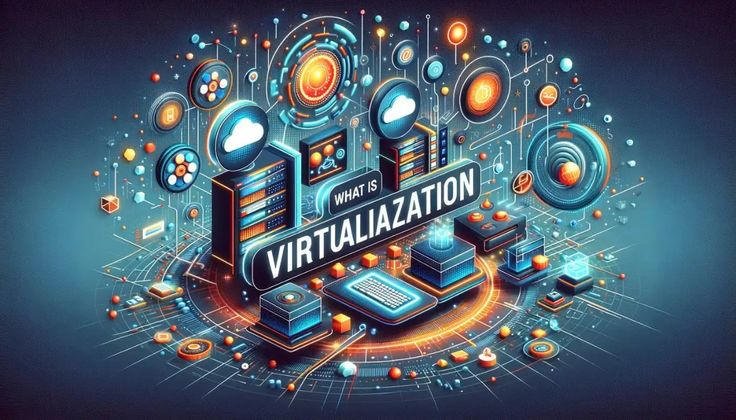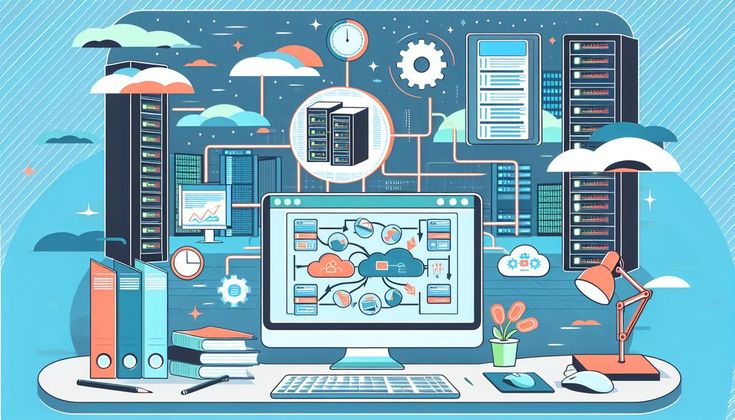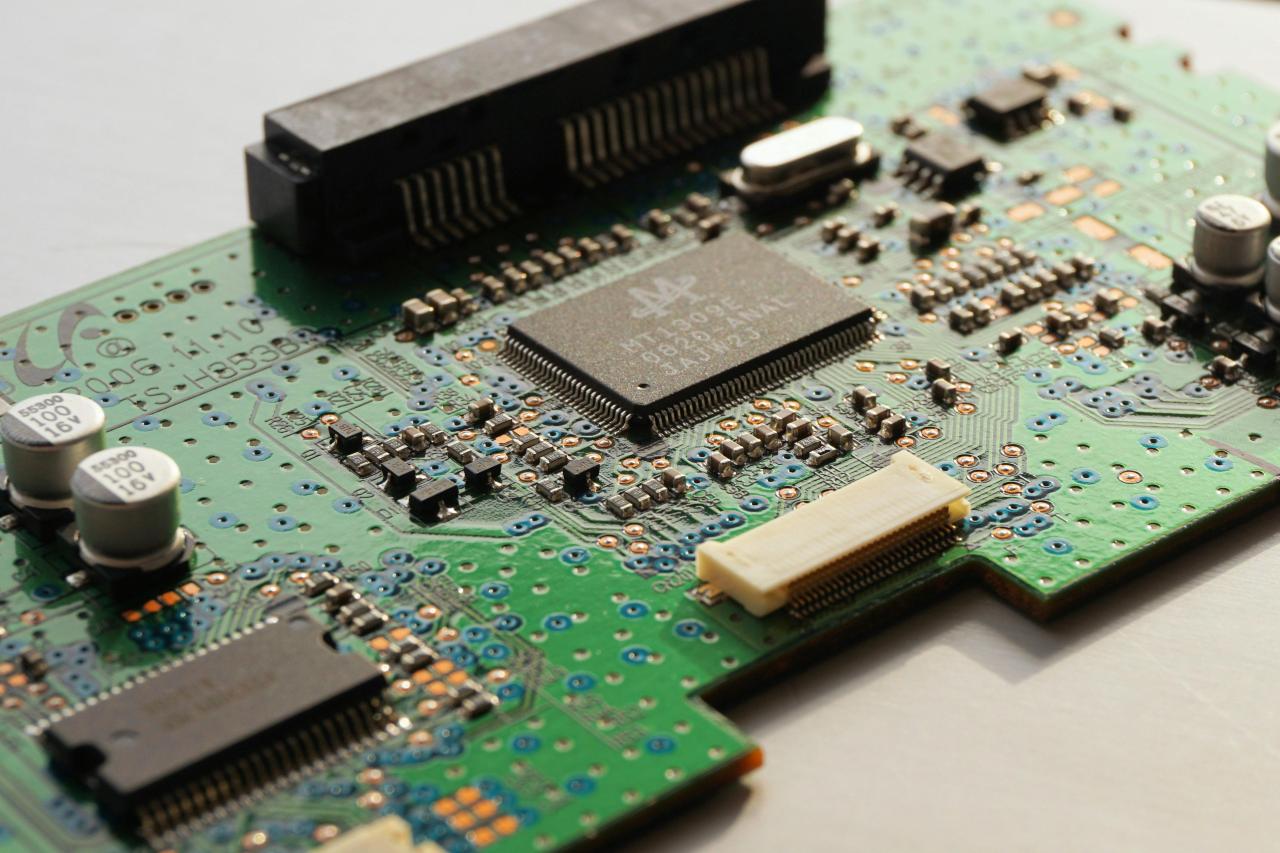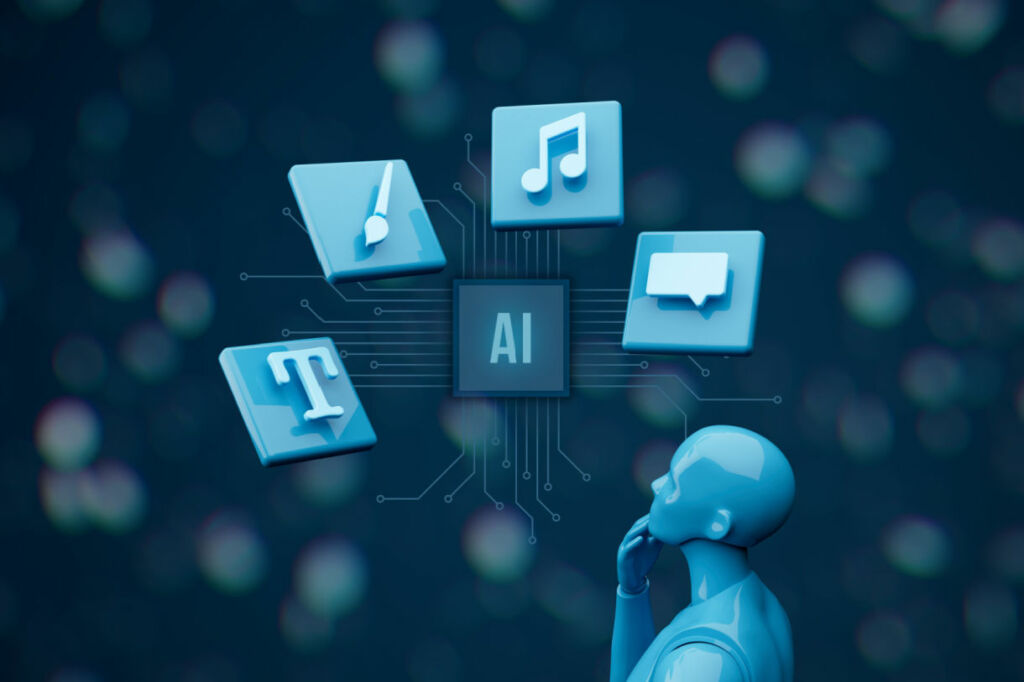In the rapidly evolving landscape of information technology, the pursuit of greater efficiency, agility, and cost-effectiveness remains a constant driver. At the heart of this pursuit lies virtualization, a technology that has fundamentally reshaped how computing resources are managed and deployed. From its early days as a niche solution to its current ubiquity, virtualization continues to adapt and innovate, offering businesses of all sizes unprecedented opportunities to optimize their IT infrastructure. This comprehensive exploration delves into the latest trends shaping the virtualization space, examining how these advancements are unlocking significant efficiency gains and paving the way for the next generation of digital transformation.
The Enduring Appeal of Virtualization
Virtualization, in its essence, creates a simulated, or virtual, version of something – whether it’s hardware, an operating system, a storage device, or network resources. The primary benefit derived from this process is the ability to run multiple virtual instances on a single physical machine. This contrasts sharply with traditional architectures where each application or service typically required its own dedicated physical hardware, leading to underutilized resources, increased power consumption, and complex management overhead.
The enduring appeal of virtualization stems from several core advantages:
A. Resource Optimization: By consolidating workloads onto fewer physical servers, organizations can dramatically improve hardware utilization rates. This means getting more work out of less equipment, directly impacting the bottom line through reduced capital expenditure.
B. Cost Reduction: Beyond hardware savings, virtualization slashes operational costs. Lower power consumption, decreased cooling requirements, and a smaller physical footprint all contribute to significant financial benefits. Furthermore, simplified management often translates to lower staffing costs.
C. Increased Agility and Flexibility: Provisioning new virtual machines (VMs) is significantly faster than deploying new physical servers. This agility allows businesses to respond more rapidly to changing demands, accelerate application development, and scale resources up or down as needed.
D. Enhanced Disaster Recovery: Virtualization simplifies backup and recovery processes. Entire virtual machines can be replicated and restored with ease, vastly improving an organization’s ability to bounce back from system failures, natural disasters, or cyberattacks.
E. Improved Security: While often seen as a management tool, virtualization also contributes to security by enabling stronger isolation between applications and providing granular control over resource access.
Current Trends Driving Virtualization Innovation
The foundational benefits of virtualization remain as relevant as ever, but the technology itself is far from stagnant. Several key trends are pushing the boundaries of what virtualization can achieve, addressing new challenges and opening up exciting possibilities.
1. Hybrid Cloud Strategies: Bridging On-Premises and Public Cloud
The rise of public cloud services (such as AWS, Azure, and Google Cloud) has introduced a new paradigm for IT infrastructure. However, many organizations find themselves in a hybrid environment, maintaining critical applications and data on-premises while leveraging the public cloud for scalability, specific services, or disaster recovery. Virtualization plays a pivotal role in enabling these hybrid cloud strategies.
Modern virtualization platforms offer seamless integration with public cloud providers, allowing for:
A. Workload Portability: VMs can be easily migrated between on-premises environments and the public cloud, providing unparalleled flexibility in resource placement. This is crucial for optimizing costs, ensuring compliance, and improving application performance by locating workloads closer to users.
B. Consistent Management: Tools and interfaces are evolving to provide a unified management experience across hybrid environments, simplifying operations and reducing the learning curve for IT teams.
C. Disaster Recovery as a Service (DRaaS): Hybrid cloud models facilitate robust DRaaS solutions where on-premises VMs can be replicated to the cloud, providing a cost-effective and highly available recovery site.
D. Bursting Capabilities: Organizations can “burst” workloads to the public cloud during peak demand, paying only for the additional resources when needed, and then scaling back to on-premises infrastructure during off-peak times.
2. Containerization and Microservices: A New Layer of Abstraction
While not strictly a form of virtualization in the traditional sense, containerization (epitomized by Docker and Kubernetes) represents a significant evolution in workload isolation and deployment. Containers encapsulate an application and its dependencies into a lightweight, portable unit that can run consistently across different environments. Microservices, an architectural style that structures an application as a collection of loosely coupled, independently deployable services, are often deployed within containers.
The relationship between traditional virtualization and containerization is not one of competition, but rather complementarity:
A. VMs as Container Hosts: Containers often run within virtual machines. VMs provide a robust, isolated operating system environment on which multiple containers can reside. This layering adds another level of security and resource management.
B. Enhanced Portability: The combination of VMs and containers offers unparalleled portability, allowing applications to move seamlessly between physical servers, virtualized environments, and cloud platforms.
C. Optimized Resource Utilization: While containers offer impressive density, VMs provide the underlying infrastructure for managing these containers at scale, especially in complex enterprise environments.
D. Scalability and Agility: Both VMs and containers contribute to greater scalability and agility, allowing developers to rapidly build, test, and deploy applications.
3. Software-Defined Everything (SDX): Beyond Virtualizing Hardware
The concept of “Software-Defined Everything” (SDX) is a natural progression of virtualization. It extends the principles of abstracting hardware and controlling it via software to encompass the entire data center. This includes:
A. Software-Defined Networking (SDN): Decouples the control plane from the data plane in network devices, allowing network administrators to manage network services and traffic flow centrally and programmatically, rather than configuring individual hardware components.
B. Software-Defined Storage (SDS): Separates the storage management software from the underlying storage hardware. This enables pooling of storage resources, automated provisioning, and policy-driven management, regardless of the physical storage devices used.
C. Software-Defined Data Centers (SDDC): The ultimate vision of SDX, where all infrastructure components – compute, storage, and networking – are virtualized and delivered as a service, managed through a unified, automated software layer.
The SDX trend promises unparalleled levels of automation, flexibility, and efficiency, allowing IT organizations to operate more like cloud providers within their own data centers.
4. Edge Computing: Extending Virtualization to the Network Edge
As the Internet of Things (IoT) proliferates and demand for real-time processing grows, edge computing is gaining significant traction. Edge computing involves processing data closer to its source, rather than sending it all to a centralized data center or cloud. This minimizes latency, reduces bandwidth consumption, and enhances data security.
Virtualization plays a crucial role in enabling edge computing by:
A. Running Edge Workloads: Lightweight virtual machines and containers are ideal for deploying applications and services at the edge, where physical space and power may be limited.
B. Centralized Management of Distributed Resources: Virtualization management platforms can extend their reach to edge locations, providing centralized control and monitoring of highly distributed edge infrastructure.
C. Enhanced Security at the Edge: Virtualization provides isolation for edge applications, protecting critical data and ensuring the integrity of edge devices.
D. Optimizing Connectivity: By processing data at the edge, organizations can reduce the amount of data that needs to be transmitted back to the core data center, optimizing network bandwidth and improving overall performance.
5. AI/ML Workloads and GPU Virtualization: Powering Next-Gen Applications
The explosion of Artificial Intelligence (AI) and Machine Learning (ML) applications has created a new set of demands on IT infrastructure. These workloads are often compute-intensive, requiring powerful Graphics Processing Units (GPUs) for training and inference.
GPU virtualization is emerging as a critical trend to meet these demands:
A. Shared GPU Resources: GPU virtualization allows multiple virtual machines to share a single physical GPU, maximizing the utilization of expensive hardware.
B. Flexible Resource Allocation: IT administrators can allocate specific amounts of GPU power to different VMs or applications based on their needs, ensuring optimal performance for AI/ML tasks.
C. Simplified Management: Virtualization platforms provide a unified interface for managing both CPU and GPU resources, streamlining the deployment and management of AI/ML environments.
D. Cost-Effectiveness: By efficiently sharing GPU resources, organizations can reduce the number of physical GPUs needed, leading to significant cost savings.
The Future Landscape of Virtualization
Looking ahead, the virtualization landscape will continue to be shaped by the relentless pursuit of automation, intelligence, and adaptability. We can anticipate several key developments:
A. Increased Automation and Orchestration: The focus will shift even more towards automating the entire lifecycle of virtualized resources, from provisioning and configuration to scaling and decommissioning. AI and ML will play a larger role in intelligent resource allocation and predictive maintenance.
B. Security by Design: As threats evolve, virtualization platforms will integrate even more robust security features, including advanced isolation techniques, micro-segmentation, and automated threat detection and response capabilities.
C. Specialized Virtualization for Emerging Workloads: Beyond traditional compute and storage, we may see more specialized forms of virtualization emerge for niche applications, such as high-performance computing (HPC) or quantum computing environments.
D. Interoperability and Open Standards: The industry will continue to move towards greater interoperability between different virtualization platforms and cloud providers, fostering a more open and flexible ecosystem.
E. The Human Element: Upskilling IT Professionals: As virtualization becomes more complex and automated, the role of IT professionals will evolve. The emphasis will shift from manual configuration to strategic planning, automation scripting, and understanding the intricate interplay of virtualized components. Continuous learning and upskilling will be paramount.
Conclusion
Virtualization is no longer just a technology for consolidating servers; it is a fundamental enabler of modern IT and a powerful catalyst for digital transformation. By embracing the latest virtualization trends – from hybrid cloud strategies and containerization to software-defined everything and edge computing – organizations can unlock unprecedented levels of efficiency, agility, and resilience. As businesses navigate an increasingly complex and competitive digital world, leveraging the full potential of virtualization will be crucial for optimizing resources, accelerating innovation, and ultimately, achieving sustainable growth. The future of IT is undeniably virtual, and those who strategically embrace these trends will be best positioned to thrive.














